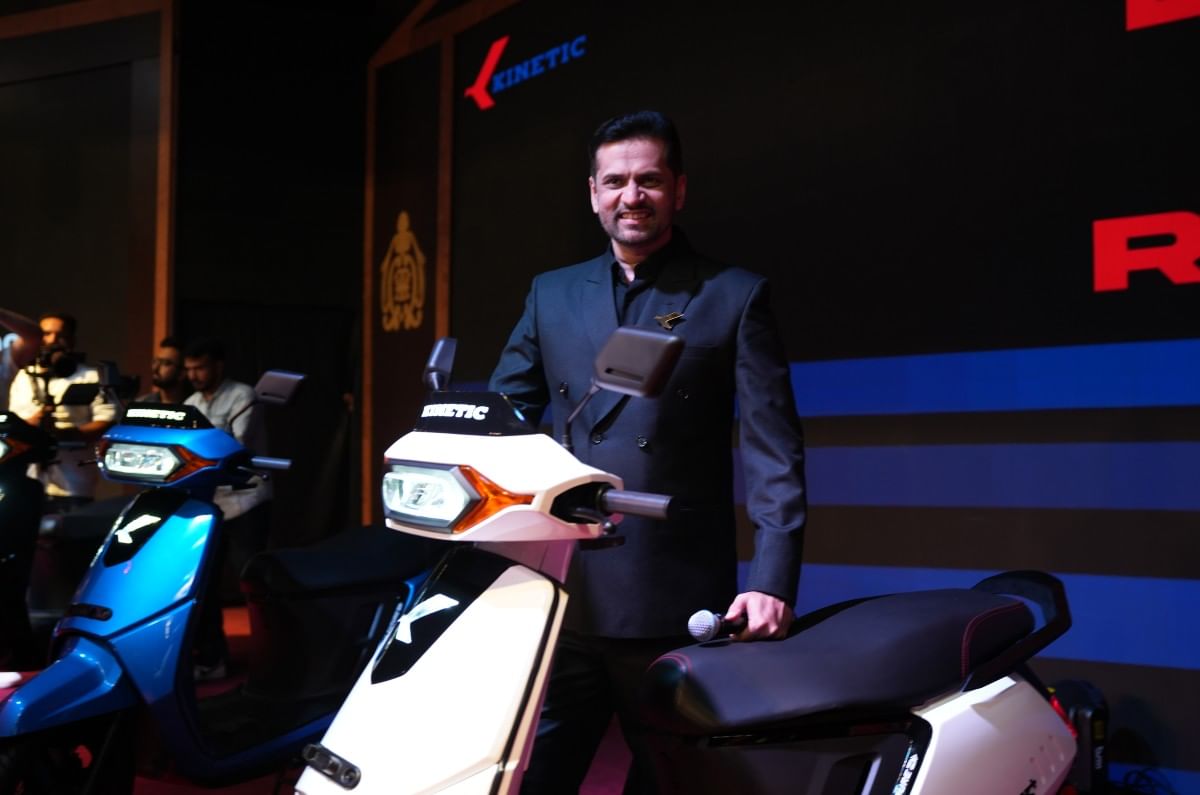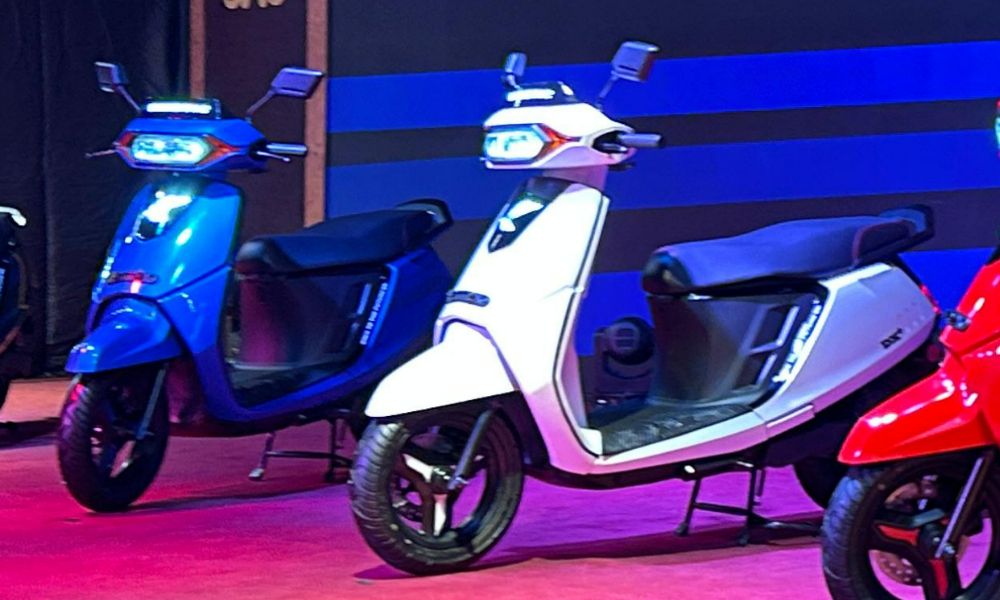“The best” of anything is already a misnomer, but throw “pro” into the mix, as so many gamer peripherals tend to, and we’re staring down the barrel of hyperbole. Which brings us to the Razer BlackShark V3 Pro, a gaming headset that Razer claims epitomizes low-latency sound for high-performance gaming, where hearing a footstep or missing your teammate’s callout is the difference between triumph and rage-inducing defeat. So when I say Razer’s BlackShark is “the best” of its class, you have to remember this may not be the best for every game you may play.
The $250 BlackShark V3 Pro is the company’s latest in its long line of esports-focused wireless headsets. It’s a purpose-built machine made for players so hardcore they need to pick out the tones of enemy footfalls amid the chaos of battle. The Call of Duty or Counter-Strike crowds—both pros and wannabes—have every reason to listen deep for every hint of an advantage, but what about everyone else who simply wants a device to be their one and only gaming headset for every situation? It’s now $50 more than the Blackshark V2 Pro was at launch, but with THX Spatial Audio, a relatively comfortable band, and the inclusion of active noise cancellation, the Blackshark V3 Pro makes a compelling case for itself. Consider its cost; having a headset designed for pros first means you won’t receive the kind of “oomph” you should demand for the most compelling single-player titles.
Razer BlackShark V3 Pro
The BlackShark V3 Pro is the premium headset for multiplayer games. Just know going “pro” means losing out on the best sound for some single-player titles.
Pros
-
“Pro” audio experience
-
Low latency across the board
-
Clean Audio from 12mm mic
-
Comfortable fit
-
ANC helps keep you focused
Cons
-
Not as good for single-player games at its price
-
Requires awkward 2.4GHz dongle
-
Not super portable
The BlackShark V3 Pro uses Razer’s bio-cellulose 50mm drivers. Bio-cellulose normally offers smooth midtones—which helps it hone in on those small audio details like footsteps. Along with Razer’s software suite, the headset hits the ears with a punch for every gunshot, a rattle for every reload, and the whining sound of your teammate complaining, “Dude, where’s my team at?” The closest approximation to that sound is the whine of a mosquito flicking near your ear.
The headset is tuned for competitive games where sound is often more important than what you’re seeing on screen. This means the audio is built not to be distracting nor—dare I say it—immersive. The drivers and audio software are tuned so you know where the bullets are coming from, rather than how punchy they are. I switched headsets during several games of Counter-Strike 2 and Halo Infinite. I noticed I would actually play better listening through the BlackShark V3 Pro compared to other expensive headsets like the Alienware Pro Wireless, the HyperX Cloud III S, or Razer’s own Kraken V4 Pro (it’s normally a $180 headset, but it costs $400 if you get it with the Control Hub and Razer Sensa haptics). The experience in games like Cyberpunk 2077 and Warhammer 40K: Space Marine 2 wasn’t at all terrible, but it lacked the bass that helped the games’ deep, dark soundscape come alive. In those games, I enjoyed a more dynamic sound from cheaper headsets. For $250, the BlackShark V3 Pro isn’t the headset you want for every scenario.

Razer has made some improvements over the BlackShark V3 Pro, most notably the huge 12mm detachable mic with its 48 kHz sampling rate. The higher-than-normal sampling rate means the gaming headset can recognize a wider range of frequencies, which helps your voice sound more like yourself or at least come through clearer to your friends or frenemies, depending on how well you’re doing each match. The actual difference between the BlackShark V3 Pro and other headsets is minor, but still noticeably clearer through the golf ball-sized pop filter.
Razer put a heavy emphasis on the gaming headset’s low latency capabilities, so you can’t blame your hardware for any time you choke in a match. The BlackShark V3 Pro uses Razer’s own 2.4GHz “HyperSpeed Wireless Gen-2” wireless codec, which requires an extra dongle wired to the PC so you can have it as close to you as possible. It has a stated 10ms connection latency, which is some of the lowest available, offering virtually no lag between your wireless headset and the game. For comparison, the high-end HyperX Cloud Alpha has a stated 15ms latency through its 2.4GHz dongle. Most modern headsets have below 40ms latency. You would only be able to tell the difference if you had expert ears. What the HyperSpeed dongle really means in a practical sense is you’ll have one more wire clogging up your pristine desk space.
The BlackShark V3 Pro has a level of customizability through the Razer Synapse software (as with all Razer products, Synapse is unavoidable) that competitors are still lacking. You can create your own EQ—or equalization—to make your favorite games sound as good as possible. Razer promoted that it has 12 games, including popular shooters like Valuing, Fortniteand Apex Legendswith EQ profiles tuned by several esports stars. I wish it had access to something like SteelSeries’ massive library of EQ options through its Arctis app, though what’s available are perfect for each respective game. Users can store up to nine of their own profiles directly on the headset in case they need to take it with them.
See BlackShark V3 Pro at Amazon
The BlackShark V3 Pro is more physically customizable than Razer’s previous gaming headsets as well. Taking a page from HP’s HyperX lineup of headsets, the BlackShark V3 Pro lets you attach new plastic pads to the left and right earcups. Currently, Razer is only selling special caps that sport logos from various esports teams. If, like me, you’re not religiously following the Los Angeles Thieves, you’re wondering if you can get other customized pads. Razer told me it may consider releasing STL files for users to 3D print their own custom panels, but we don’t doubt regular users will craft their own without Razer’s help. At the same time, the BlackShark V3 Pro isn’t very road friendly. The pads don’t fold flat, and that massive 12mm detachable boom mic means it’s going to take up way too much room in your bag or luggage.

You won’t really care what you look like when these are wrapped around your noggin. I have plenty of problems with some gaming headsets rubbing my naked, bald head raw, but the BlackShark fit around my ears with just enough pressure that I wasn’t stuck listening to my own staccato heartbeat. I could wear them for hours without an issue, though I feel the headset would feel slightly more comfortable with slightly firmer memory foam around the top band and softer cups. The BlackShark V3 Pro also lacks swappable cups that may have alleviated any small pain points. Being a “pro”-level gaming headset also implies more than the ability to survive several rounds of gamer sweats. The wireframe holding the cups to the main body has some give, but not enough that they stayed bent as I gave them a strong twist in my hands.
So is this the headset built for the huddled desktop denizens who don’t want to leave the comforts of their gamer hole? Razer’s own $180 Kraken V4 is filled with glowing RGB lights and THX spatial sound. That pair of headphones does not include noise cancellation, but the pleather earcups do a better job of dampening sound without the addition of the active noise cancellation (ANC) software. With ANC turned on, it manages to hinder background chatter and the sound of my office’s HVAC on a sweltering New York summer day, but I could still pick up on the sounds of deskmates typing and sniffling. That’s still good enough for when you’re deep into a gaming session, but it may not replace your high-quality ANC headphones for pure listening bliss. The headset gets a stated 70 hours of battery life—which is expected for this price—but ANC will deplete that faster. That doesn’t matter much considering how in the several days and multiple play sessions testing the device, I never saw it dip below 80%.
There are few gaming headsets that can go toe-to-toe with the BlackShark V3 Pro. It’s a lithe, lone aquatic killing machine swimming in a pond full of pretty, glowing fish destined for some rich man’s aquarium. It’s a more expensive headset than the last go-around, though those who want the best gaming headset for multiplayer won’t find much better. If you want something that will be your one and only headset for every game under the sun, you should look for more well-rounded alternatives.
See BlackShark V3 Pro at Amazon













.jpg?w=700&c=0)



.png?w=700&c=0)








































